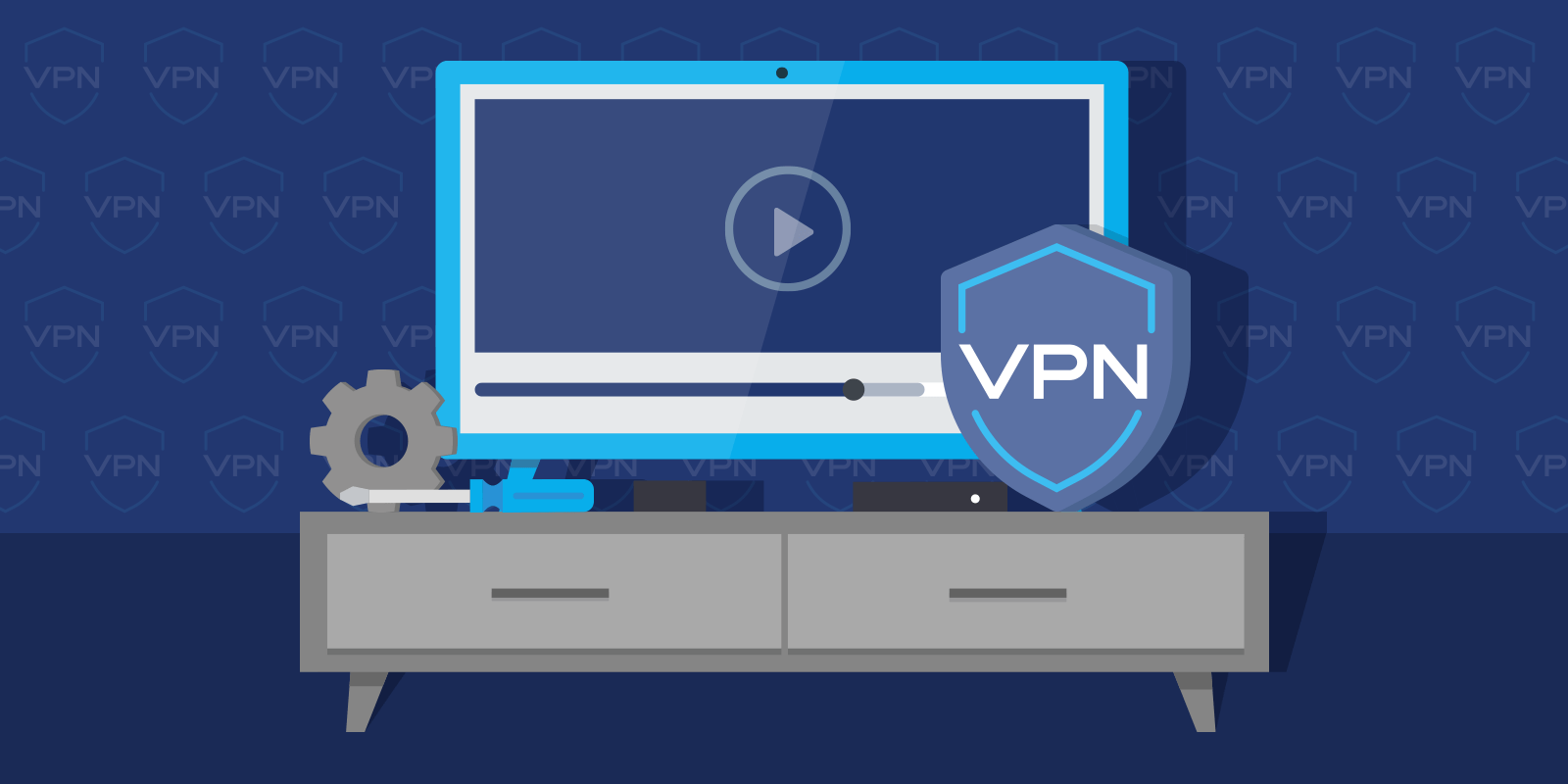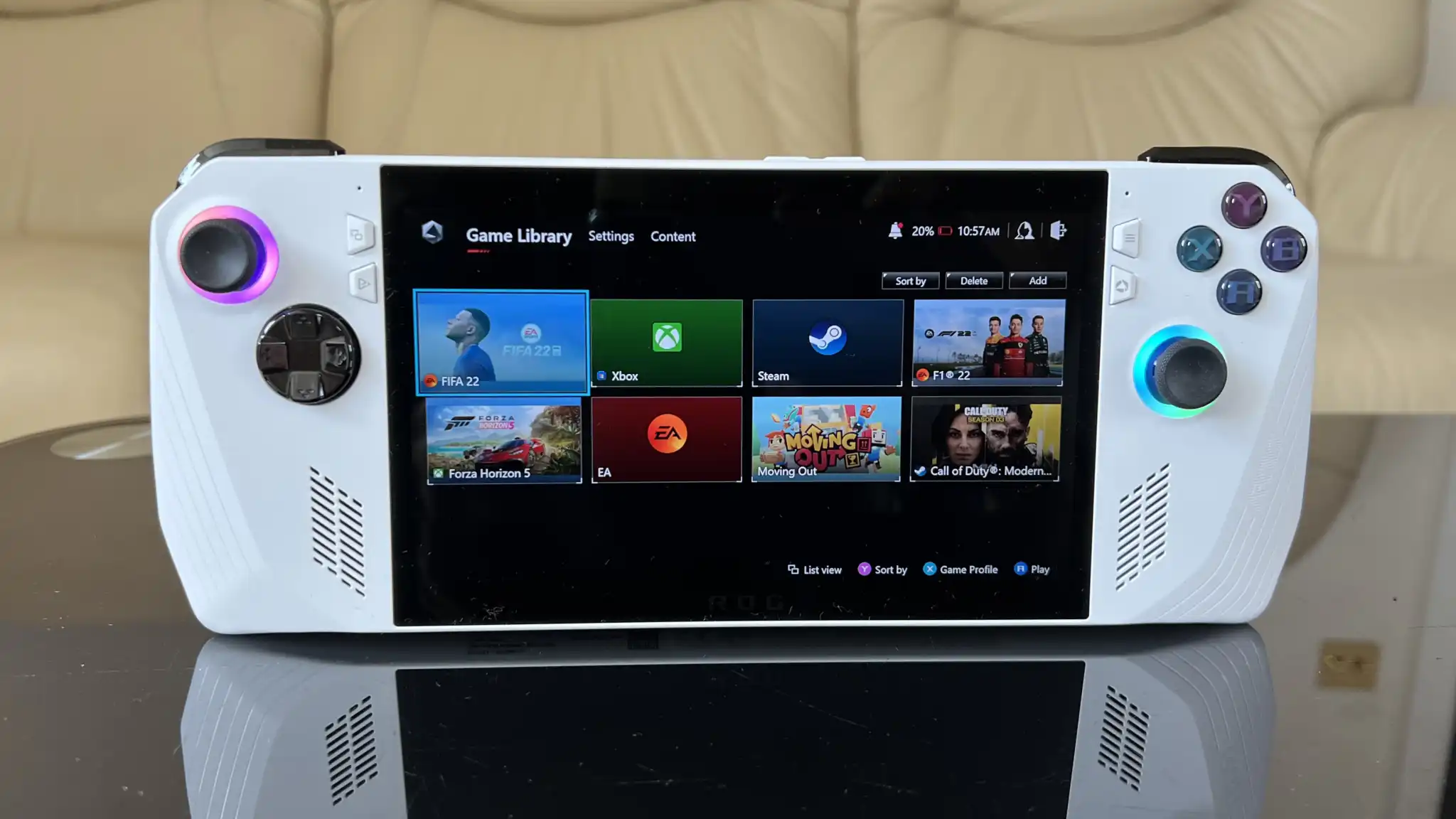
Gone are the days of flipping through cable TV channels or planning your evenings around showtimes. Today’s smart TVs and streaming services offer a vast array of content at your fingertips. However, this convenience comes with certain drawbacks: region-locked content, privacy concerns, and potential ISP throttling.
A VPN can address these issues effectively. By using a VPN with your smart TV, you can bypass region restrictions and access a wider range of content. For instance, if you’re in the U.S. and want to watch Studio Ghibli movies available on Netflix UK, a VPN can help you access them by masking your location.
Moreover, a VPN enhances your privacy by encrypting your internet traffic, which prevents third parties and your ISP from tracking your viewing habits. This means you won’t have to deal with intrusive targeted ads or privacy invasions. Additionally, VPNs can help mitigate throttling issues by disguising your streaming activities from your ISP, potentially improving your connection speeds.
Setting up a VPN on your smart TV is straightforward:
- Check Compatibility: Ensure your smart TV supports VPN apps. Most modern TVs do, but it’s good to confirm.
- Choose a VPN: Opt for a reputable VPN service like NordVPN, known for its streaming compatibility.
- Download and Install: Find the VPN app in your TV’s app store, download, and install it.
- Connect to the VPN: Open the app, select a server in the desired country, and connect.
- Verify Connection: Check your streaming service to confirm that the VPN is working and you have access to the content you want.
By following these steps, you can enjoy unrestricted access to your favorite content while keeping your viewing activities private.




